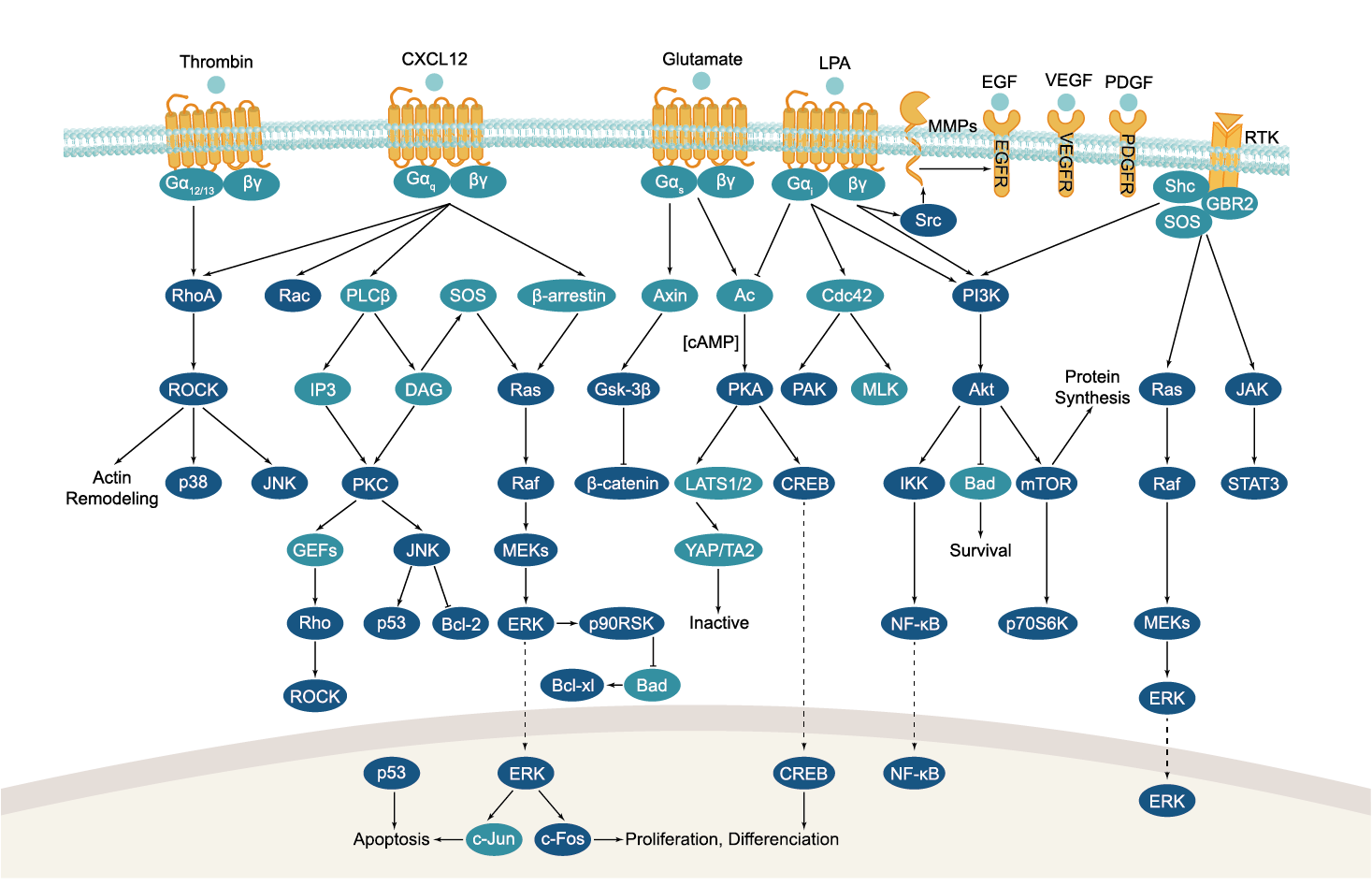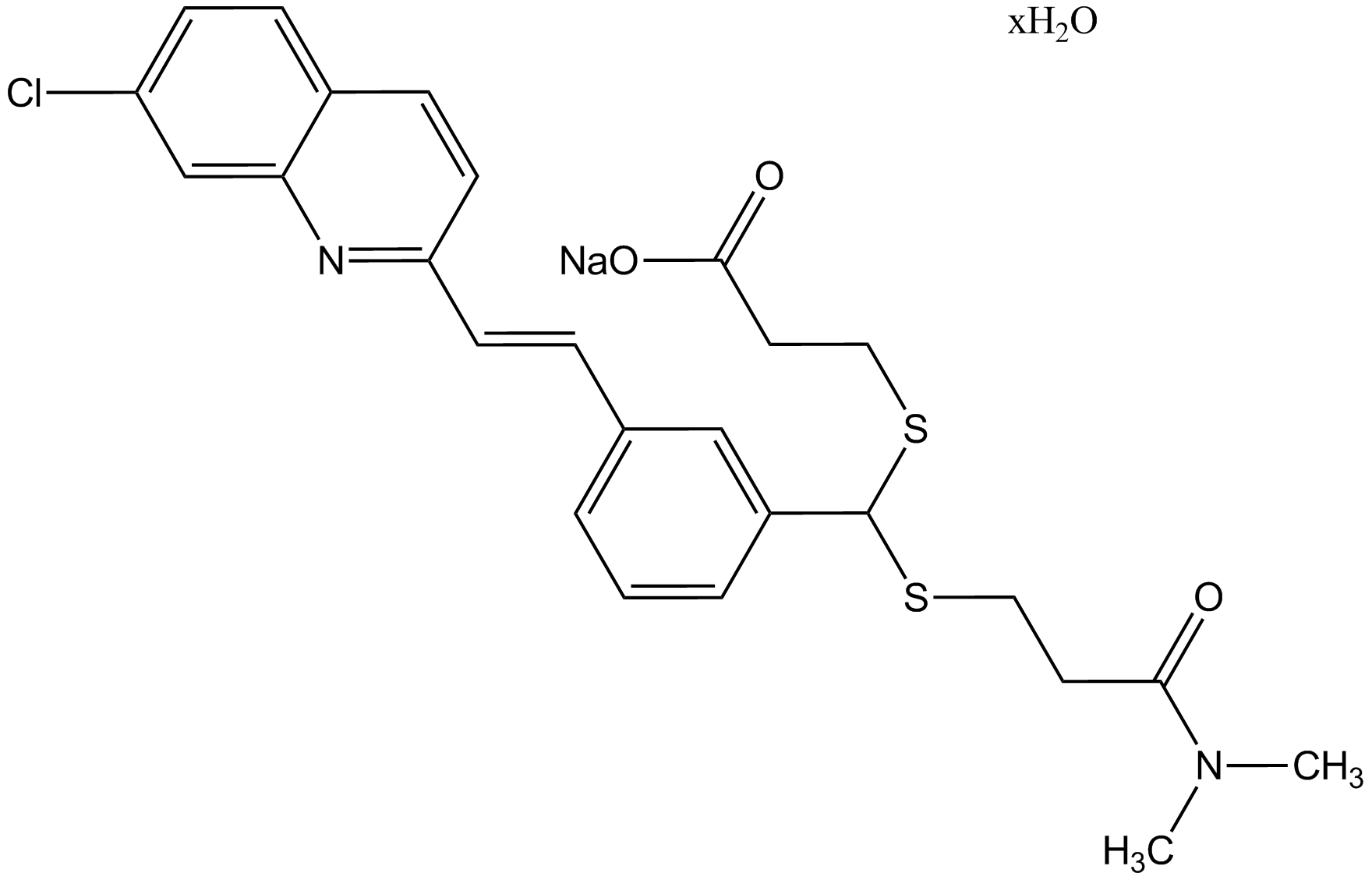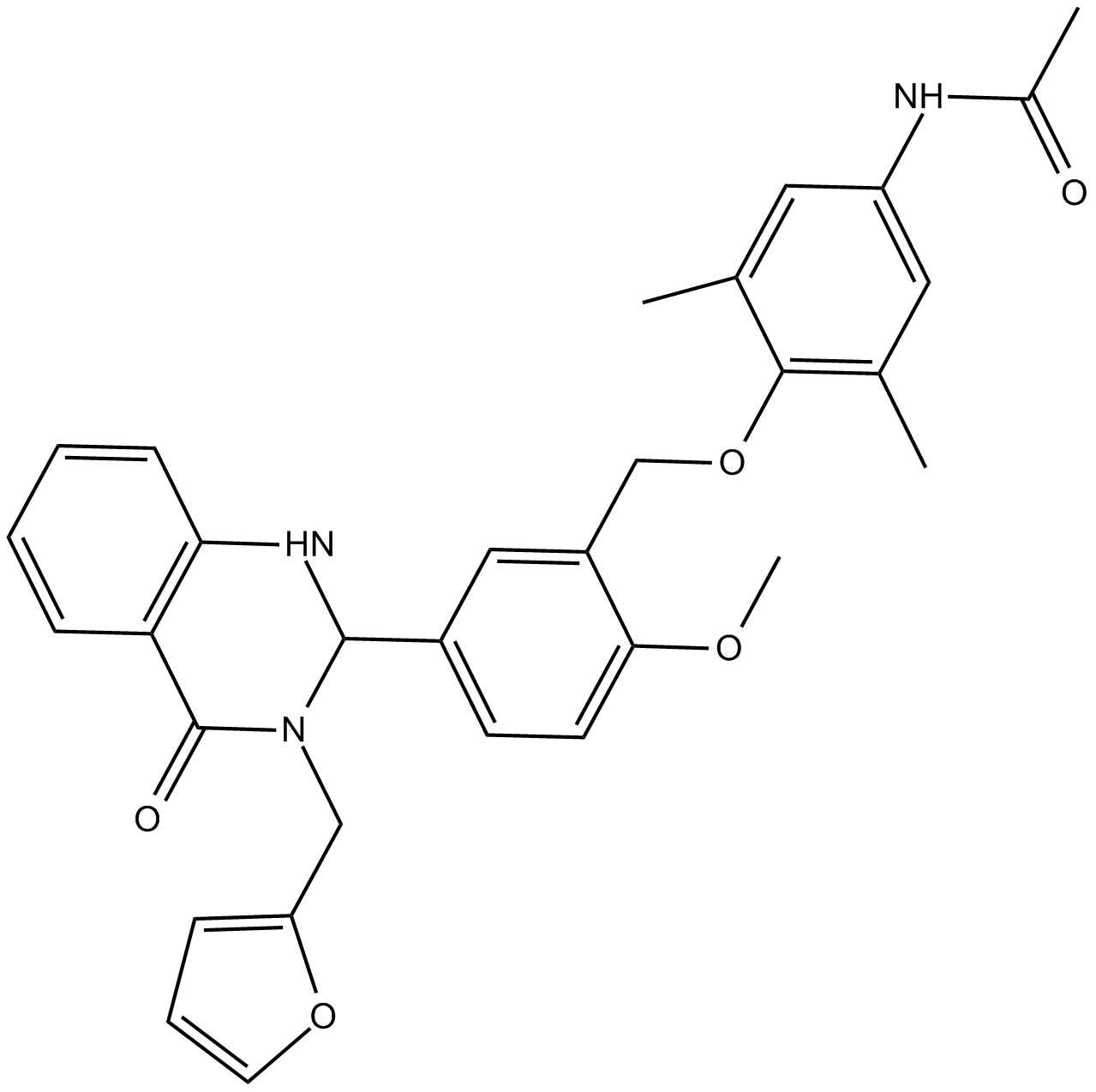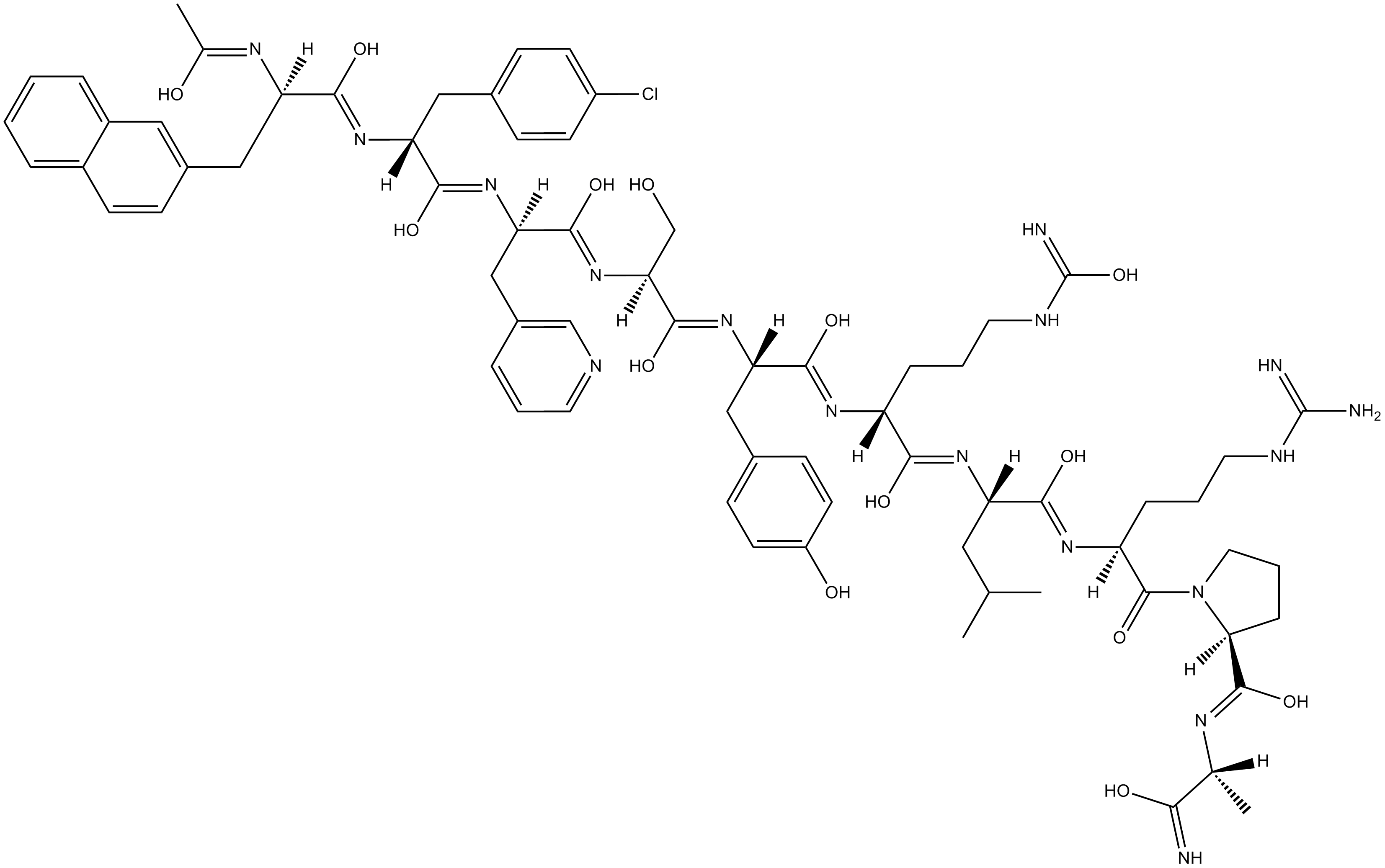GPCR/G protein


All GPCRs share a common seven trans-membrane structure. GPCRs are associated with heterotrimeric G-proteins which are GTP-binding proteins made of alpha, beta, and gamma subunits. When a ligand binds to GPCR, it activates the attached G-protein, the GDP is replaced with GTP. The activated G-protein then dissociates into an alpha and a beta-gamma complex which activates downstream signaling pathways. These intracellular signaling pathways include cAMP/PKA, calcium/NFAT, phospholipase C, protein tyrosine kinases, MAP kinases, PI-3-kinase, nitric oxide/cGMP, Rho, and JAK/STAT.
GPCRs are one of the most important therapeutic targets for various diseases, over 30% of all modern medicinal drugs target this family. Aberrant GPCR functions are involved in pathological conditions such as neurological, immunological and hormonal disorders. A large number of GPCRs have been identified, but whose ligands are not known, are classified as orphan receptors.
-
 B4795 Labetalol HClSummary: A mixed α-/β-adrenergic antagonist
B4795 Labetalol HClSummary: A mixed α-/β-adrenergic antagonist -
 B4876 K-Ras(G12C) inhibitor 12Summary: allosteric inhibitor of K-Ras(G12C)
B4876 K-Ras(G12C) inhibitor 12Summary: allosteric inhibitor of K-Ras(G12C) -
 B4808 RG7090Summary: negative modulator of mGluR5
B4808 RG7090Summary: negative modulator of mGluR5 -
 B4815 LCZ696Summary: A first in class ARNi (angiotensin receptor neprilysin inhibitor)
B4815 LCZ696Summary: A first in class ARNi (angiotensin receptor neprilysin inhibitor) -
 B8031 MK-571 sodium salt hydrate3 CitationTarget: CysLT1Summary: CysLT1 receptor antagonist
B8031 MK-571 sodium salt hydrate3 CitationTarget: CysLT1Summary: CysLT1 receptor antagonist -
 A8886 UNBS 5162Summary: A pan-antagonist of CXCL chemokines
A8886 UNBS 5162Summary: A pan-antagonist of CXCL chemokines -
 B4914 ML224Summary: selective TSHR inverse agonist
B4914 ML224Summary: selective TSHR inverse agonist -
 B4953 Methylprednisolone Sodium SuccinateTarget: Glucocorticoid ReceptorsSummary: glucocorticoid
B4953 Methylprednisolone Sodium SuccinateTarget: Glucocorticoid ReceptorsSummary: glucocorticoid -
 B4975 CetrorelixSummary: gonadotropin-releasing hormone (GnRH) antagonist
B4975 CetrorelixSummary: gonadotropin-releasing hormone (GnRH) antagonist -
 B5904 Regadenoson1 CitationTarget: Adenosine A2A ReceptorsSummary: Highly selective and low affinity A2A adenosine agonist
B5904 Regadenoson1 CitationTarget: Adenosine A2A ReceptorsSummary: Highly selective and low affinity A2A adenosine agonist


